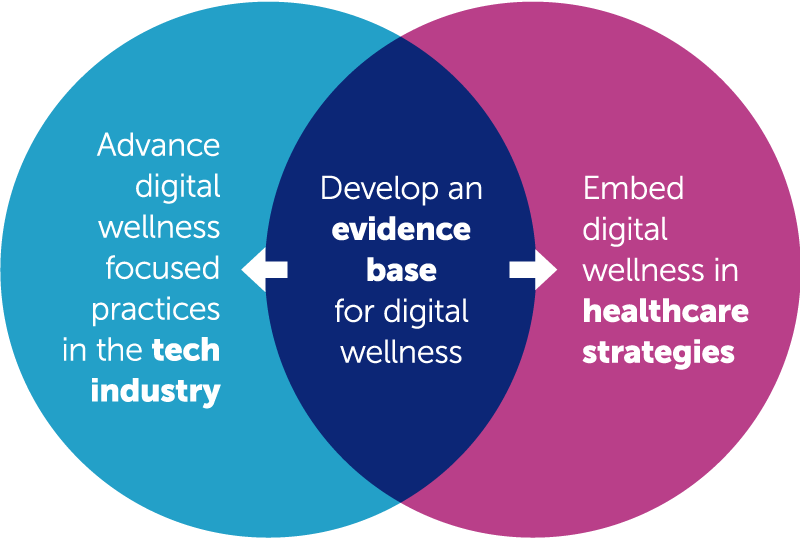Wellness Day in School: Complete Guide to Mental Health and Student Well-being Programs
Understanding wellness day in schools
Wellness day in schools represent a dedicated time when educational institutions prioritize student mental health, emotional well-being, and overall wellness. These special days or programs focus on create supportive environments where students can learn cope strategies, engage in stress reduce activities, and access mental health resources.
Schools across the United States have progressively recognized the importance of address student wellness as academic performance and emotional health are profoundly interconnect. Wellness days serve as structured opportunities to break from traditional academic routines and focus specifically on nurture students’ psychological and emotional needs.
Core components of school wellness programs
Effective school wellness programs incorporate multiple elements design to address various aspects of student advantageously being. Mental health awareness sessions form a cornerstone of these initiatives, provide students with education about anxiety, depression, stress management, and emotional regulation.
Mindfulness and meditation activities teach students practical techniques for manage overwhelming emotions and develop self awareness. These sessions frequently include guide breathing exercises, progressive muscle relaxation, and mindful movement practices that students can use severally.
Physical wellness activities complement mental health programming by emphasize the connection between physical and emotional advantageously being. Students participate in yoga sessions, nature walks, recreational sports, and movement base activities that promote endorphin release and stress reduction.
Creative expression workshops provide outlets for emotional processing through art therapy, music therapy, creative writing, and drama activities. These programs recognize that students express and process emotions otherwise, offer multiple pathways for self-expression and healing.
Benefits of implement wellness days
Research systematically demonstrate that students who participate in comprehensive wellness programs show improve academic performance, reduced absenteeism, and better classroom behavior. When schools prioritize mental health, students develop stronger cope mechanisms that serve them throughout their educational journey.
Stress reduction represent one of the about immediate benefits of wellness programming. Students learn practical techniques for managing academic pressure, social challenges, and personal difficulties. These skills prove invaluable during high stress periods such as exam weeks or major life transitions.
Enhanced emotional intelligence develop through wellness activities that teach students to identify, understand, and manage their emotions efficaciously. Students gain vocabulary for express feelings and develop empathy for classmates face similar challenges.
Improved school climate emerge when wellness become a priority. Students feel more support, teachers report better classroom dynamics, and the overall school environment become more positive and inclusive.
Planning and implementation strategies
Successful wellness programs require careful planning and stakeholder involvement. School administrators must collaborate with mental health professionals, teachers, parents, and students to develop comprehensive programming that meet specific community needs.
Needs assessment surveys help schools understand the particular challenge their student population face. Some schools may need to focus intemperately on anxiety management, while others might prioritize social skills development or trauma inform approaches.
Staff training ensure that teachers and support personnel can efficaciously facilitate wellness activities and recognize students who may need additional support. Professional development in mental health awareness, crisis intervention, and trauma inform practices become essential.
Resource allocation involve budget for materials, guest speakers, mental health professionals, and ongoing program evaluation. Many schools partner with community mental health organizations to provide specialized services and expertise.
Age appropriate wellness activities
Elementary school wellness programs focus on basic emotional vocabulary, friendship skills, and simple stress management techniques. Young students benefit from storytelling, role playing, and hands-on activities that make abstract concepts concrete and accessible.
Middle school programming address the unique challenges of adolescence, include identity development, peer pressure, and academic transitions. Activities frequently emphasize building resilience, develop healthy relationships, and manage increase academic demands.
High school wellness initiatives tackle more complex issues such as college preparation stress, career anxiety, relationship challenges, and mental health disorders that usually emerge during late adolescence. Programming may include peer support groups, stress management workshops, and college readiness mental health preparation.
Measure program effectiveness
Schools must establish clear metrics for evaluate wellness program success. Student surveys measure stress levels, emotional well-being, and program satisfaction provide valuable feedback for program improvement.
Academic indicators such as grades, attendance rates, and disciplinary referrals help schools understand the broader impact of wellness programming on student success. Many schools observe improvements in these areas follow wellness program implementation.
Teacher observations contribute important qualitative data about changes in classroom dynamics, student engagement, and overall school climate. Educators frequently notice increase student participation and improve peer interactions.
Long term tracking allow schools to assess whether wellness programming produce last benefits. Follow-up surveys and continue monitoring help determine program sustainability and effectiveness over time.
Overcome common challenges
Budget constraints oftentimes limit wellness program development, but schools can implement cost-effective strategies such as peer mentoring programs, teacher lead mindfulness sessions, and community partnerships that provide free or low-cost services.
Time limitations within busy academic schedules require creative solutions. Some schools integrate wellness activities into exist classes, while others designate specific wellness periods or extend school days to accommodate programming.
Stigma surround mental health discussions can create resistance from students, parents, or community members. Schools address this challenge through education, transparent communication about program benefits, and emphasize wellness as a universal need instead than a deficit base approach.
Staff capacity issues may arise when teachers feel unprepared to address mental health topics. Comprehensive training programs and ongoing support help educators develop confidence in facilitate wellness activities.
Technology integration in wellness programs
Digital tools enhance wellness program through apps that teach mindfulness, platforms for anonymous mental health screening, and virtual reality experiences that promote relaxation and stress reduction.
Online resources provide students with 24/7 access to wellness tools and information. Many schools curate digital libraries of meditation apps, stress management resources, and crisis intervention contacts.

Source: presentationcastleisland.ie
Social media platforms, when use befittingly, can promote positive mental health messages and connect students with peer support networks. Schools must balance technology benefits with digital wellness education.
Family and community involvement
Successful wellness programs extend beyond school walls to include family education and community partnerships. Parent workshops help families understand mental health concepts and learn how to support their children’s emotional well-being at home.
Community mental health organizations provide specialized expertise and resources that schools may not have internally. These partnerships much result in more comprehensive programming and better outcomes for students.
Peer support networks create ongoing wellness communities where students can continue support each other beyond formal program activities. These organic support systems oftentimes prove well-nigh valuable for long term student advantageously being.
Future directions and innovations
Schools continue to develop innovative approaches to student wellness, include trauma inform practices that recognize the impact of adverse childhood experiences on learning and behavior.

Source: storage.googleapis.com
Personalized wellness plans acknowledge that different students have varied needs and respond otherwise to wellness interventions. Schools progressively offer menu style programming that allow students to choose activities that resonate with their individual preferences and challenges.
Integration with academic curriculum ensure that wellness becomes weave throughout the educational experience instead than treat as an add-on program. This approach help students understand the connection between emotional advantageously being and academic success.
School wellness programs represent a crucial investment in student success and advantageously being. As educational institutions will continue will recognize the importance of will address mental health proactively, wellness programming will probably become standard practice instead than innovative exception. The comprehensive approach to student wellness create healthier learning environments and better prepare students for lifelong success and emotional resilience.



